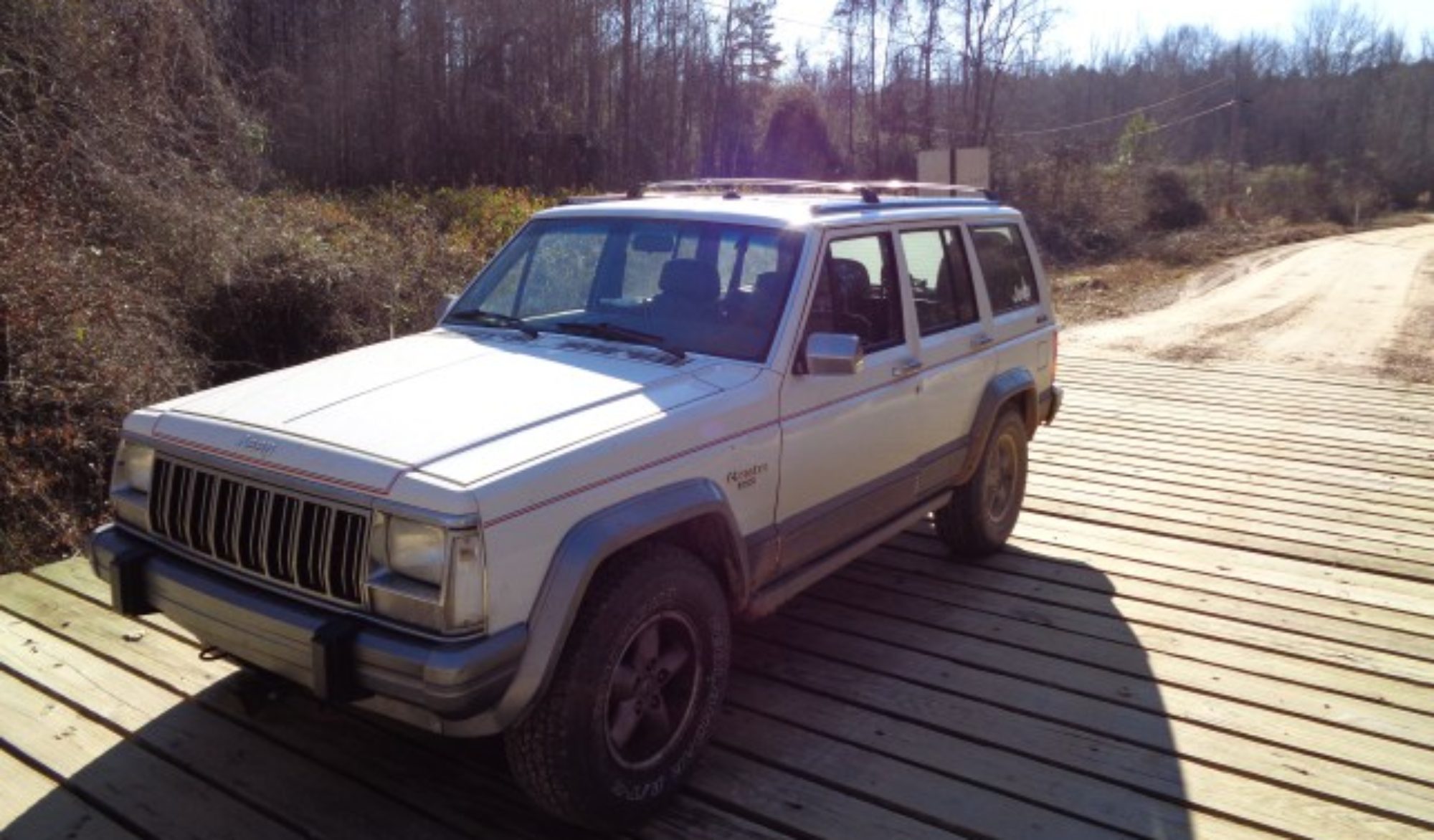How to Change the oil in a Jeep Cherokee
It seems the Jeep designers had the home mechanic in mind when they designed the XJ for oil changes. Most of the work is done from the top unlike most cars where most of the work is done from below.
For most owners who are doing the job in their driveway, there may not even be a need to jack up the vehicle. The stock Jeep sits high enough to access the oil pan drain. And lifted Jeeps provide even more clearance.
Note that the 4.0 inline six engine holds six quarts of oil. Be sure to buy enough to refill before you drain the old oil out. Also, make sure your catch pan will hold six quarts. Most engines just hold five quarts so oil is often sold in five quart containers.
To drain the oil, remove the drain plug form the oil pan. Various sized plugs have been used over the years but most are SAE rather than metric.
If the engine is warm the oil coming out will be hot, so use care when removing the plug. Try not to drop it in the catch pan a well. Once the oil has drained out, replace the plug. Be careful to get it snug but not overly tight. Inspect the copper washer while the plug is out to make sure it will seal back.
Working from under the hood, remove the oil filter. On the early models where the oil filter stands up, it is easiest to use a filter wrench that fits over the end of the filter. However a band style wrench works also. Use care working around the oil pressure sender. It can be damaged if it is hit by the wrench. On the later models where the filter lays flat, the band style wrench is easy to use. You will have to remove the wire from the oil pressure sender to remove the filter form the engine bay.
Inspect the old oil filter to make sure the gasket came out with the filter. If it is missing, inspect the surface of the oil filter adapter and remove the stuck gasket. If you try to use two gaskets you will pump six quarts of oil on the floor making a huge mess.
Coat the gasket of the new filter with a few drops of oil and rub it around with your finger. Old oil or new oil can be used. Screw the filter in place and tighten it down by hand. Try not to use a wrench to tighten the filter as it will be very hard to get it back off once the gasket swells.
Remove the filler cap from the valve cover. The older style is a cam and requires just a quarter turn. The later one screws in and can get stuck with heat.
Most funnels will not fit the holes so I like to use half an oil bottle. I take a quart bottle and cut it in half with a knife. Then place the top in the hole and pour oil in the cut open bottom. Add six quarts.
I like to also add a bottle of Market America Friction Free to the oil when I change it. Sometimes the active ingredients of the Friction Free will settle out in the bottle so I use some engine oil to wash out the bottle and then pour that into the funnel.
Start the engine and check for leaks. Shut it off and check the oil level. The dip stick should have clean oil and read near the full mark.
Inspect the old oil for any metal flakes or water before recycling. If you find any contaminants in the oil, try to determine their source for possible other repairs that are needed.











